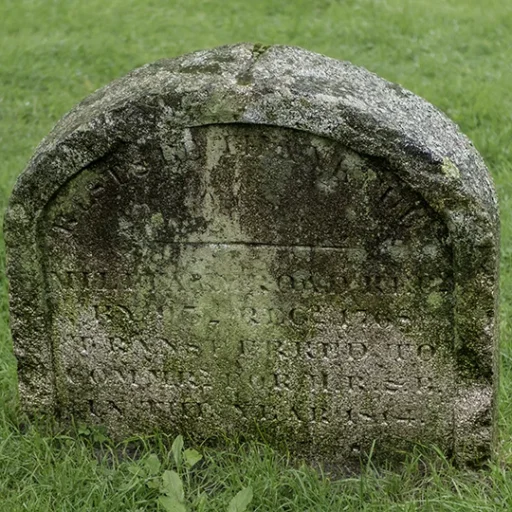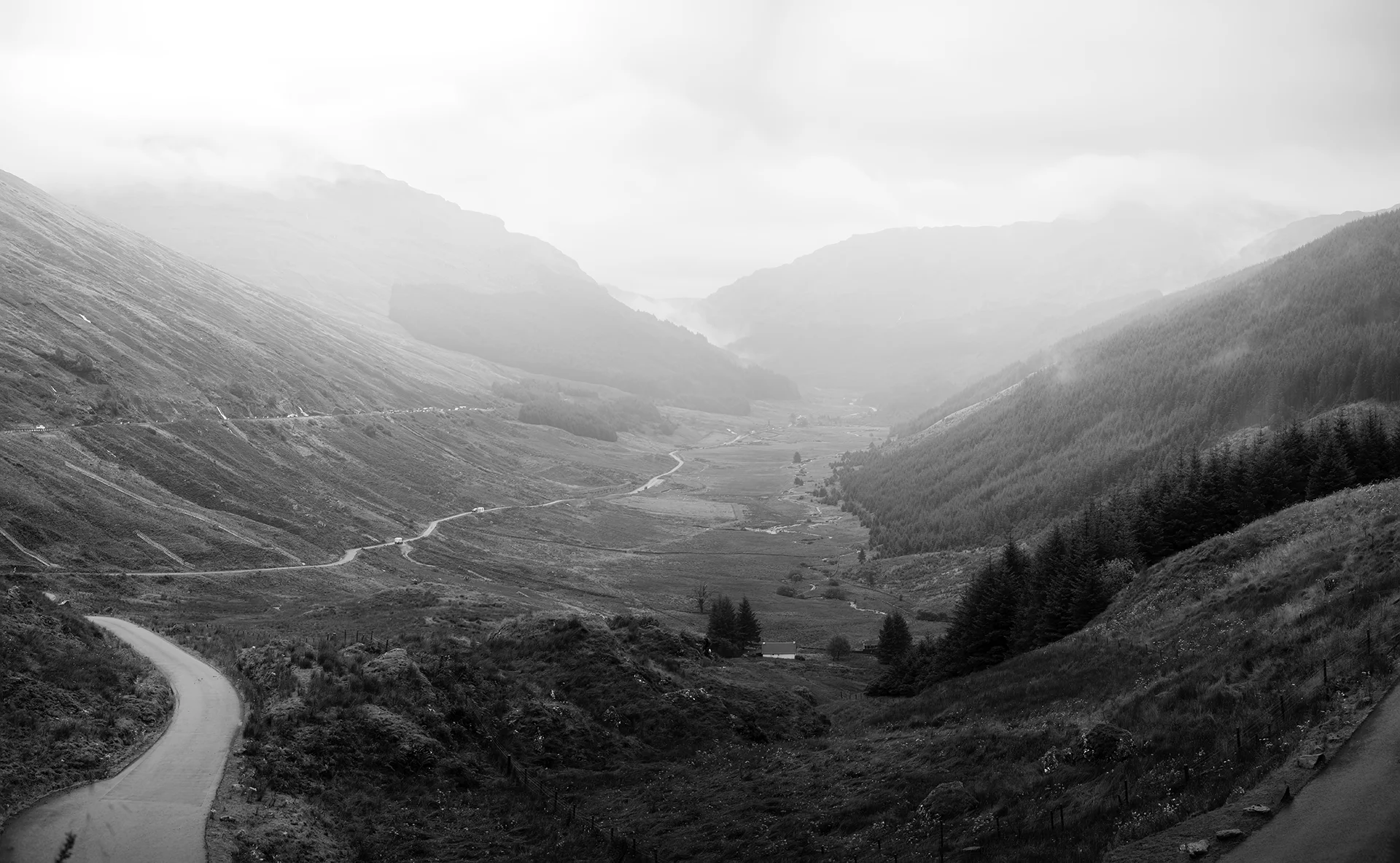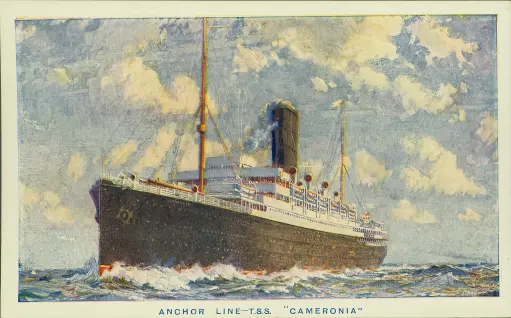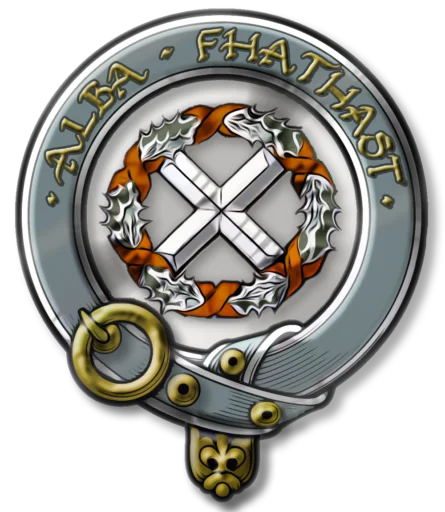Anyone visiting Scotland and going on a tour of the Highlands is likely to pass by or stop at the Rest and Be Thankful viewpoint. It is, as these photos show, a wonderful vista. But there is a lot more to it than that.
Rest and Be Thankful is called that due to a commemorative stone placed there after the completion of the building of a military road in the 1700s. The current A83 road is not the military road itself, though that still exists and is often used as a local detour in the common event of landslides. The old valley road was part of a network of roads that were built throughout the 1700s to allow the military easy access into the Highlands.

Under the direction of General Wade originally and then his successor Major William Caulfeild, hundreds of miles of roads were built in an area that was otherwise remote an in hospitable to travel. Between 1725 and 1737, Wade himself oversaw the construction of some 250 miles of road along with 40 bridges. Construction was achieved using labor gangs, military engineers and staff from local estates. Those roads included:
- Dunkeld to Inverness
- Fort William to Inverness
- Kingussie to Fort Augustus (including the Corrieyairack Pass – once the highest road in Britain)
When one of Wade’s engineers, Major William Caulfeild, took on the position of Inspector of Roads from 1732, he not only enhanced several parts of the existing road network but then constructed a further 800 miles of road as well as many more bridges. This network of roads enabled the Hanoverian Government to to impose their will and rule on the Clans after the Jacobite rebellions and Culloden, effectively wiping out the Clan system and way of life.
However, it also opened up the Highlands to tourism and modernization in a way that could otherwise not have happened. Parts of these roads are still in use and their routes still form the basis of the main passages through the Highlands.
The current commemorative stone, roughly 2 feet in height, sits at the summit of Glen Croe and has the following inscription:

REST & BE THANKFUL / MILITARY ROAD REPD / BY 93RD REGT 1768 / TRANSFERRED TO / COMMRS FOR H.R.& B / IN THE YEAR 1814
It is, as you may have guessed, not the original stone but one that replaced it to commemorate the transfer of responsibility for the road from the military to the Commissioners for Highland Roads and Bridges in 1814. The road itself was built between 1747 and 1749 under the direction of Major William Caulfield, with the work being performed primarily by 450 soldiers plus additional civilian contractors for specialist work like bridge building.
The original stone, the whereabouts of which is sadly no longer known is reputed to have had the inscription:
REST, AND BE THANKFUL / THIS ROAD WAS MADE, IN 1748, BY THE / 24TH REGIMENT / LORD ANCRAM, COLONEL / DUROURE, MAJOR / REPAIRED BY THE 93RD REGIMENT, 1768
The name has stuck ever since.
Discover more from Alba Fhathast
Subscribe to get the latest posts sent to your email.



